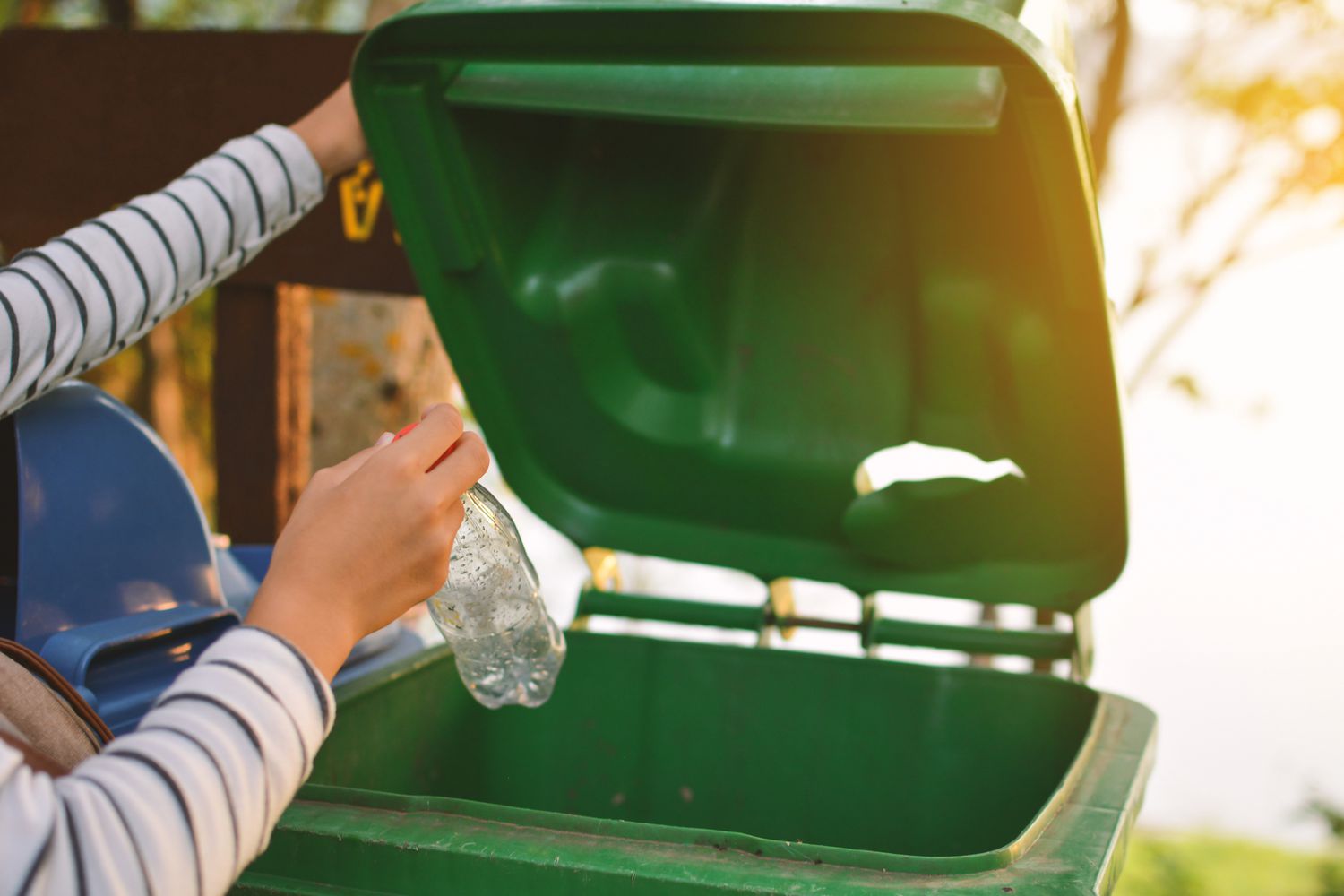[ad_1]
Recycling plastic bottles made of polyethylene terephthalate (PET), the ones used for bottled water and soft drinks, is considered an industry success story. According to a major distributor, the industry claims a 30.8% recycling rate, which is only exceeded by aluminum and cardboard. According to the National Association for PET Container Resources (NAPCOR), the use of recycled PET—called RPET—is increasing due to an industry that is trying to go green.
“This continued increase of postconsumer RPET usage in bottles and jars is encouraging, and points to a commitment toward a circular economy by brand owners,” said Tom Busard, chairman of NAPCOR. And there are indeed promises to use more PRET: We have reported previously that Coca-Cola is promising to use 50% recycled material in its packaging by 2030.
Recycling PET is difficult and expensive, but the industry claims that “recycling plastic bottles into new products save 50% to 60% of the energy that would be required to make the same product from raw materials.” It uses RPET for the same reasons it invented recycling in the first place: as a defense against bottle bans and mandatory deposits. It’s really performative and political.
Now, a new study published in the Journal of Hazardous Materials suggests “the safety implications arising from reprocessing of PET bottles remain underexplored.” The researchers from Brunel University in London found that as many as 150 food contact chemicals (FCCs) could be migrating into the contents of bottles, and that “higher migration of Sb [antimony] and Bisphenol A [BPA] has been reported in recycled (rPET) compared to virgin PET.”
This is odd because while antimony is a catalyst used in the production of PET resin and has been discussed and argued about for years, BPA is used in polycarbonates and in epoxies lining cans, but has no role in the production of PET. It shouldn’t be there at all. The researchers suggest contamination:
“The presence of phthalates and BPA in PET bottles may also arise from the machinery, and raw material contamination in the bottling factory (virgin PET) as well as cross-contamination during disposal, collection, and reprocessing (post-consumer PET bottle to rPET).”
In fact, many of the chemicals found by the researchers appear to be there because of contamination, whether from chemicals in the labels or lousy recycling practices where the bottles are mixed up with everything else. It’s impossible to know what is actually in any given batch of RPET:
“It is important to note that the exact chemical composition of rPET is essentially not known unless measured. Certain hazardous FCCs may or may not be present in rPET on the market and only a case-by-case analysis can establish the presence, levels and safety risks of potential contaminants of concern.”
The researchers call for a better recycling system that starts with deposit return schemes (DRS), which is what the industry has been fighting so hard in the first place. However, DRS leads to cleaner bottles.
“The use of DRS is a step in the right direction but requires investment and consideration of where reverse vending machines should be placed. Forward-thinking and collaborative initiatives are required for making it easy for consumers, in the household and on the go, to give away, or drop into different collection points (perhaps small shops), their PET bottle waste for a deposit, rather than disposing of it to street bins.”
The researchers conclude that if we are going to make new bottles out of recycled PET, we have to do a much better job of it with:
- design-for-recycling that avoids contamination from printing inks and adhesives on the labels;
- controlled storage conditions that account for time, UV exposure, and temperature, all of which might permit more leaching;
- improved collection, sorting, reprocessing, and super-cleaning, which involves “three typical processing steps: high-temperature treatment; vacuum or inert gas treatment; and surface treatment with non-hazardous chemicals”;
- revisiting regulations and chemical risk assessment
They conclude that the goal must be “a functional economy where wasted resources find their way back into the system with the least trade-offs, especially those relevant to health and safety.”
None of this sounds cheap. And the industry is likely to challenge it: The whole point of using RPET is political, as is their drive for chemical recycling, as the industry tries to hijack the circular economy. They want us to keep buying disposables and this all makes us and governments feel good about them. But nobody is going to buy them if they are not sure they are safe.
Study author Eleni Iacovidou of Brunel University said the best thing we can do is simply use less of the stuff.
“We all have a responsibility to bear. We need to start thinking about how to prevent the use of PET bottles in our households by investing, for example, in water filters, or large water containers and learning how to dispose of our plastic waste properly,” said Iacovidou in a press release. “If we reduce our consumption of PET then we will drive change further up the system. Less demand equals less production in the first place.”
[ad_2]
Source link
